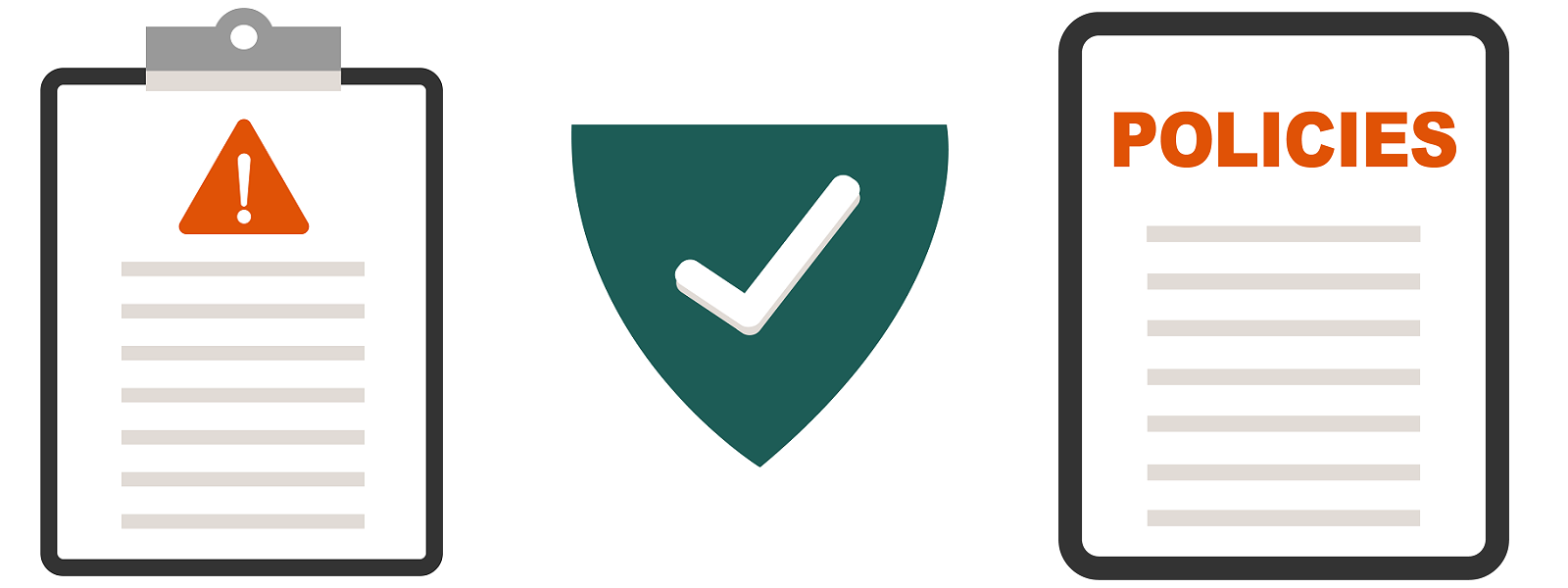Developing your Lone Working Policy and Procedures
A clear Lone Working Policy and Procedures which are easy to follow and accessible will assist safe lone working. Trackplot provides guidance so your Policy and Procedures are tailored to your lone workers and the work they undertake.

What is the difference between a Lone Working Policy and Procedures?
Your Lone Working Policy should explain the expectations, standards, roles and responsibilities across your organisation for keeping your lone workers safe. It should also describe risks and how the Policy will be enforced.
Your Lone Working Procedures will detail exactly what lone workers need to do each time they lone work, how managers will monitor lone workers and your Escalation Procedures i.e. what to do in a critical situation.
1. Lone Working Policy
It is good practice to review your Policy annually as a minimum. If there has been an incident or you have introduced a new control measure for example you should review your Policy at that point too to ensure the guidance remains up to date.
Adherence to your Lone Working Policy and Procedures should be mandatory. Include a reference in each Job Description, Contract or your Employee Handbook.
Read our article: What to include in a Lone Working Policy
Read our article: Who is liable to protect lone workers?
2. Lone Working Procedures
These need to be specific for the types of lone workers you have and the work they undertake. Your risk assessments should be considered when you develop your Procedures.
These Procedures will itemise how your lone workers will operate on a day-to-day basis to stay safe on the job, include equipment and instructions for use and how to report concerns. A discrete section in your Lone Working Procedures will be your Escalation Procedures.
3. Escalation Procedures
In a emergency people can panic. The purpose of your Escalation Procedures is to prevent this.
Your Escalation Procedures will define how to escalate incidents. They will be explicit containing clear, detailed, time bound actions describing what to do if a lone worker is missing, requests assistance or sends an Emergency SOS alert. You are not leaving lone workers or managers to make sudden judgement calls as you have considered the scenarios in advance.
Read our article: Do you have an SOS plan?
Read our article: Lone worker emergency 999 procedures
By documenting your Escalation Procedures you leave no doubt about what action to take and when.
How Trackplot can help?
As part of our onboarding process Trackplot provide guidance on your Lone Working Policy, Procedures and your Escalation Procedures. We are here to help you provide a safe working environment based on a sensible, pragmatic approach suitable for your business and your lone workers.
